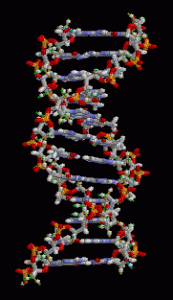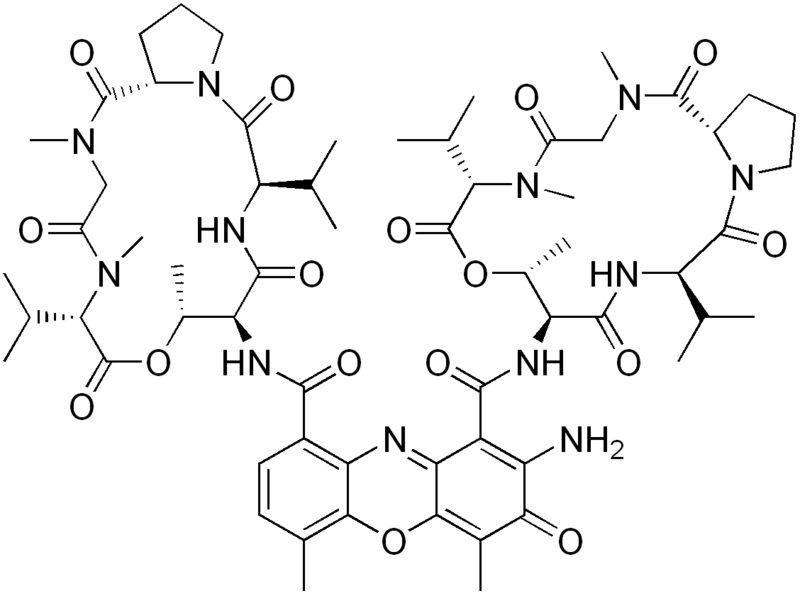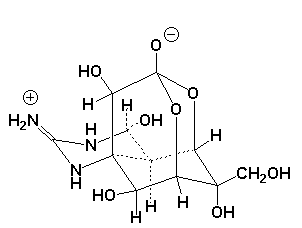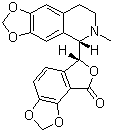Biopolymer
Rising concern about the escalating price of fossil fuel and their impact on the environment has made it necessary to search for substitutes for petrochemical plastics. Biploymers are one of the alternatives to fossil fuels.
What Is a Biopolymer?
It is a polymer that is developed from living beings. It is a biodegradable chemical compound that is regarded as the most organic compound in the ecosphere. The name “Biopolymer” indicates that it is a bio-degradable polymer.
Biopolymer History
This polymer has been present on Earth for billions of years. It is older than synthetic polymers such as plastics.
Example of Biopolymer
Some Biopolymer examples are
- Proteins
- Carbohydrates
- DNA
- RNA
- Lipids
- Nucleic acids
- Peptides
- Polysaccharides (such as glycogen, starch, and cellulose)
Picture 1: Biopolymer image
Source: dacct.com
All these biopolymers account for a greater part of the human body as well as the ecosphere. The DNA biopolymer is the most important for humans. The entire body structure as well as genetic behaviors that pass from parents to children is based on it. Both DNA and RNA are composed of nucleic acids that alternate in definite patterns to encode huge amounts of genetic data.
The most common biopolymer is Cellulose. It is also the most abundant organic compound on this planet. It comprises 33% of all plant components on Earth.
Biopolymer Classification
There are four main types of Biopolymers. These are
Sugar-based Biopolymers
Starch or Sucrose is used as input for manufacturing Polyhydroxibutyrate. Sugar-based polymers can be produced by blowing, injection, vacuum forming, and extrusion. Lactic acid polymers (polyactides) are created from milk sugar (lactose) that is extracted from potatoes, maize, wheat, and sugar beet. Polyactides are resistant to water and can be manufactured by methods like vacuum forming, blowing, and injection molding.
Starch-based Biopolymers
Starch acts as a natural polymer and can be obtained from wheat, tapioca, maize, and potatoes. The material is stored in the tissues of plants as one-way carbohydrates. It is composed of glucose and can be obtained by melting starch. This polymer is not present in animal tissues. It can be found in vegetables like tapioca, corn, wheat, and potatoes.
Biopolymers Based on Synthetic Materials
Synthetic compounds that are obtained from petroleum can also be used for making biodegradable polymers such as aliphatic aromatic copolyesters. Though these polymers are manufactured from synthetic components, they are completely compostable and bio-degradable.
Cellulose-based Biopolymers
These are used for packing cigarettes, CDS, and confectionery. This polymer is composed of glucose and is the primary constituent of plant cellular walls. It is obtained from natural resources like cotton, wood, wheat, and corn. The production of biopolymer may be done either from animal products or agricultural plants.
Biopolymer Types
There are primarily two types of Biopolymer, one that is obtained from living organisms and another that is produced from renewable resources but requires polymerization. Those created by living beings include proteins and carbohydrates.
Biopolymer Structure
Unlike synthetic polymers, Biopolymers have a well-marked structure. These polymers have a uniformly distributed set of molecular mass and appear as a long chain of worms or a curled-up string ball under a microscope. This type of polymer is differentiated based on its chemical structure.
Biopolymer Uses
These polymers play an essential role in nature. They are extremely useful in performing functions like storage of energy, preservation, and transmittance of genetic information and cellular construction.
- Sugar-based polymers, such as polyactides, naturally degenerate in the human body without producing any harmful side effects. This is the reason why they are used for medical purposes. Polyactides are commonly used as surgical implants.
- Starch-based biopolymers can be used for creating conventional plastic by extruding and injection molding.
- Biopolymers based on synthetic are used to manufacture substrate mats.
- Cellulose-based Biopolymers, such as cellophane, are used as a packaging material.
- These chemical compounds can be used to make thin wrapping films, food trays, and pellets for sending fragile goods by shipping.
Biopolymer Environmental Benefits
Some of the environmental benefits of this polymer are:
- These polymers are carbon neutral and can always be renewed. These are sustainable as they are composed of living materials.
- These polymers can reduce carbon dioxide levels in the atmosphere and also decrease carbon emissions. This happens because bio-degradation of these chemical compounds can release carbon dioxide that can be reabsorbed by crops grown as a substitute in their place.
- It is also compostable which means there is less chance of environmental pollution from this compound. This is one of the primary advantages of this chemical compound. However, the materials composed of this compound are not compostable.
- These chemical compounds reduce dependency on non-renewable fossil fuels. These are easily biodegradable and can decrease air pollution. It greatly reduces the harmful effects of plastic use on the environment. Long-term use of biopolymer use will limit the use of fossil fuels.
Difference Between Biopolymer and Bioplastic
Biopolymers and Bioplastics are often confused with one another. However, these are different materials. Biopolymers are polymers that can be found in or manufactured by, living organisms. They also include polymers that are obtained from renewable resources that can be used to manufacture bioplastics by polymerization.
Bioplastics are plastics that are created by using biodegradable polymers. The great automobile manufacturer Henry Ford devised a way of manufacturing bioplastic car sections from soybeans back in the middle of the 20th century. However, the beginning of the Second World War stopped the production of bioplastic cars. It is only recently that bioplastic cars have made a comeback due to the development of new manufacturing techniques through biotechnology.
References




Thanks for sharing an informative post. These analyses may help us perfect our biological researches.
Really appreciate with such an informative and educative write up pls may GOD reward u stay blessed
Thanks for such an educative write up may GOD reward u
Thanks
Thank you. I am enriched by this information on bio-polymers.Post more researches in this area
Thanks 2 u
very simplified lucid explanation.
the paper is good.
its awesome
Thank you for sharing this information. This will be helpful us for study in Biopolymer.
Thanks a lot for sharing this information.
I am so glad to have this deep and sound information about polymers and biopolymers. I am now clear. Thanks